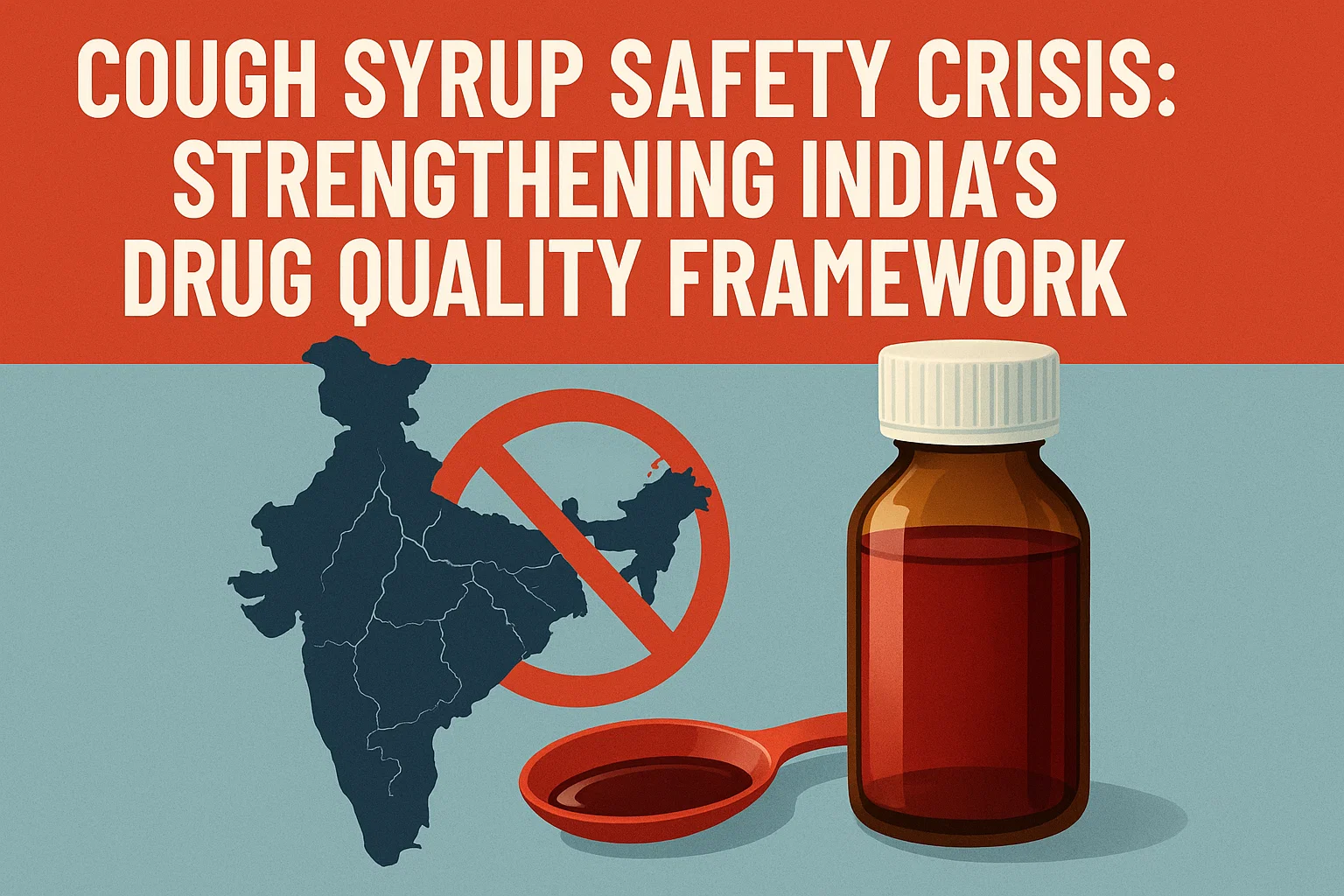Font size:
Print
Rethinking Air Quality in India
India’s air pollution strategy needs atmanirbharta
Context: India’s Make in India initiative has sparked a wave of innovation and national pride. From space exploration and the Moon Mission to Covid-19 vaccine development and Vande Bharat trains, the country has showcased its growing capabilities across sectors. However, this self-reliant spirit has yet to take root in one of the most critical public health domains: air quality management.
The Air Quality Paradox
- Lag in Air Quality Improvement: Despite advancements in multiple sectors, India continues to struggle with air pollution and its health impacts. Indian cities frequently top global pollution rankings, which are often compiled by foreign entities and funded projects.
- Contradiction in Resource Utilisation: Pollution control boards often return unspent funds, contradicting claims of a lack of financial resources. This indicates systemic inefficiencies rather than a mere scarcity of funds.
- Rising Industry–R&D Collaborations: The government now promotes collaborations between industry and Indian R&D institutions. The Anusandhan National Research Foundation exemplifies this shift, highlighting a move toward industrially supported research.
- Foreign Influence on Domestic Air Quality Research: Numerous air quality projects are led by small nations or international organisations, with collaborations from top Indian institutions. Raises key questions:
- Why are foreign countries so invested in India’s air quality research?
- Why aren’t Indian institutions leading such critical research efforts?
Dependence on Foreign Climate Data
- India’s forecasting systems rely heavily on global datasets.
- The shutdown of climate research in the US under the Trump administration exposed vulnerabilities in over-dependence on foreign data.
- Highlights the need for India to launch polar-orbiting satellites to gather independent global data for its forecasting models.
Lessons from the Past and Missed Opportunities
- India is no stranger to air quality advancements. In 1984, the country launched the National Ambient Air Quality Monitoring Programme, long before many other nations. Delhi’s transition to a CNG-based public transport system in the early 2000s set a global benchmark.
- A breakthrough came in 2010 with the creation of SAFAR (System of Air Quality and Weather Forecasting and Research), India’s first indigenous air quality forecasting system. Despite its potential, SAFAR remained limited to just four cities.
- A broader national implementation never materialised, partly due to institutional inertia and foreign resistance.
- Meanwhile, Indian states have made commendable efforts. Some are leading the electric vehicle (EV) transition, and institutions like the Earth System Science Organisation (ESSO) and the India Meteorological Department (IMD) remain technically robust. Yet, a stronger collaboration between ESSO-IMD and the Central Pollution Control Board (CPCB) is urgently needed to raise India’s air quality forecasting and management to global standards.
Barriers to Achieving True Atmanirbharta
- Despite available talent, funding, and openness to industry partnerships, India struggles to become self-reliant in air quality management.
- Possible reasons:
- A disproportionate concentration of resources and collaborations among a few elite institutions.
- A gap in domain-specific expertise across the wider scientific and regulatory ecosystem.
- Alarmingly, some government-funded research institutions are increasingly reliant on foreign collaborations and funding models.
- This over-dependence undermines the vision of Atmanirbhar Bharat in the environmental sciences.
Need for an Integrated Resource Framework:
- What India currently lacks is a comprehensive, integrated resource framework for air quality — a unified platform to consolidate scientific data, promote interdisciplinary research, and support evidence-based policymaking.
- This would empower government bodies and private actors alike to take informed and effective action.
- Emerging Framework – NARF: Under the Principal Scientific Advisor’s office, the National Institute of Advanced Studies has initiated a study on airshed management with finely gridded emission sources.
- This led to the conception of NARFI (National Air Quality Resource Framework of India).
- NARFI aims to catalyse:
- Inter-organisational cooperation.
- Scientific and strategic air pollution control.
- Progress toward India’s net-zero emissions goal.
Call for a Paradigm Shift:
- India must move beyond city-centric air quality policies and adopt airshed-based, health-centric, and food security-focused strategies.
- A truly science-integrated, India-led approach is key to achieving meaningful atmanirbharta in environmental governance.


